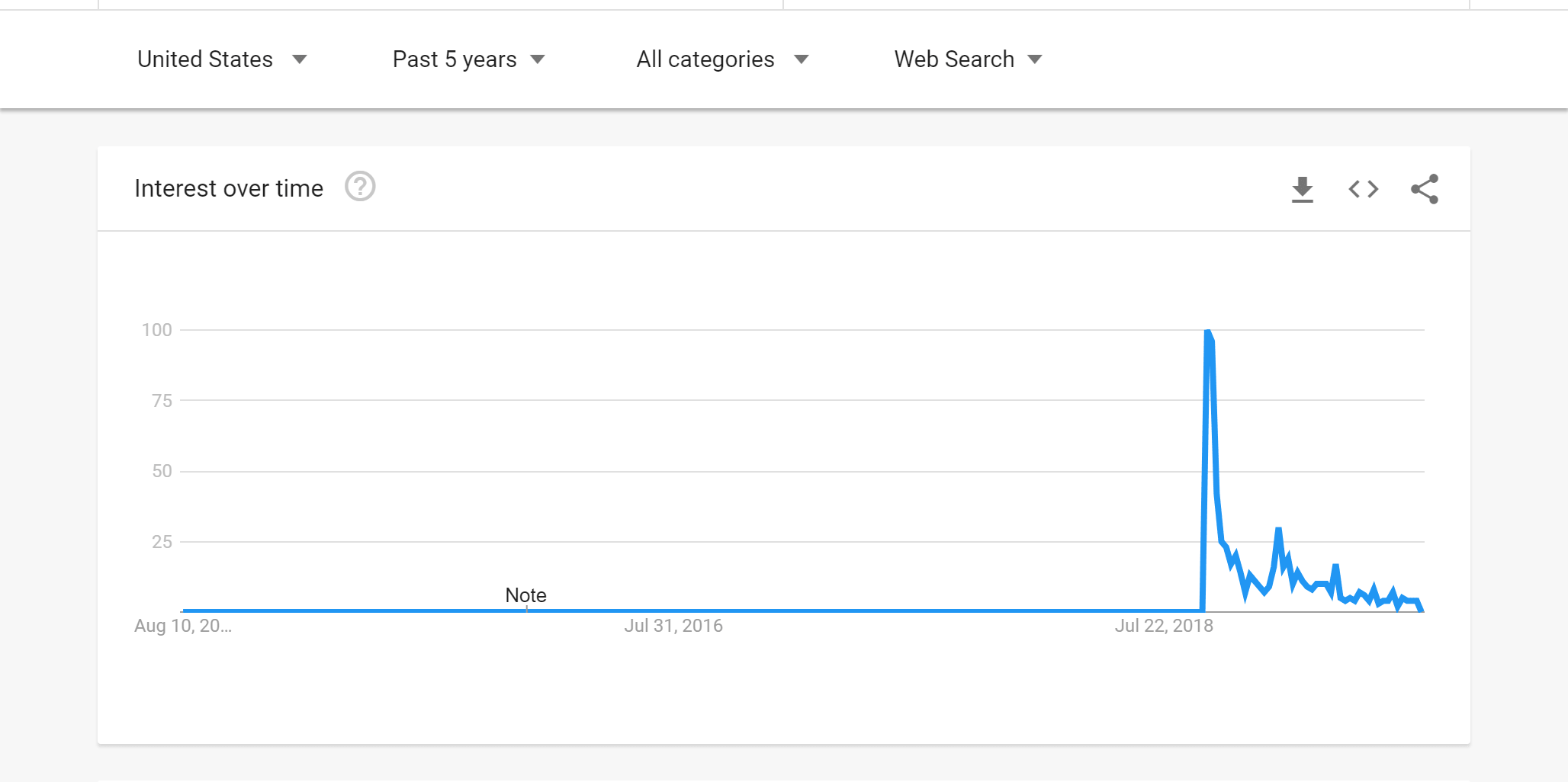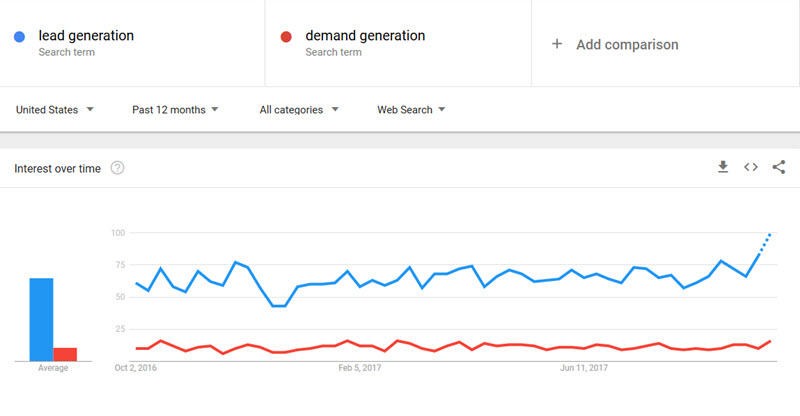

Partnering with merchandisers can help them understand what products mean the most to the business, extending the data beyond SEO. Search the world's information, including webpages, images, videos and more. In my experience, merchandisers are always surprised by Google Trends data. A product with a higher search volume may produce more sales. Work your way down to the least profitable. Margin. Focus on the most profitable items.While consumers might be interested, does your site sell sun dresses in February? Validate with historical data. Thus analyzing other metrics could be helpful, such as: In 2008, Google launched Google Insights, another SEO tool.


#Google trends free#
Most ecommerce websites are so large that you can’t optimize every product or category without hiring a large team. According to ScienceDirect, Google Trends is a free website first launched in 2006. Using Google Trends data at least once a year will provide a calendar of sorts for promoting products - sun dresses in February, for example. Remember, the data is not estimated search counts it’s a relative score of popularity - broad, directional information. But it follows the same seasonal trend as “sun dress” with the incline starting in February.Ĭharting the data in a spreadsheet can provide a similar line graph as seen in the Google Trends website. In my experience, even if you search long-tail phrases, Google Trends usually shows the same type of trend line as the head term. So scrub your list to popular head terms. Many terms in Google Trends simply don’t report data. While manually entering each keyword may not be quick, you can speed up your research by choosing keywords selectively. So the easiest way to obtain data from Google Trends is to scan (or scrape) it right in the Trends website or via. I tried a couple of unofficial APIs but didn’t succeed in getting a scalable dataset. While it may have once been on Google’s roadmap, an official Google Trends API isn’t available. It’s helpful for identifying when, say, consumers start thinking about sun dresses. Google Trends reports the relative popularity of search terms across languages and regions. Thus search optimizers should start focusing on sun dress products and categories at least in January. Google Trends gives users the possibility to analyze search term popularity over time, explore similar keywords and compare how popular a search term is in. Shoppers become interested in sun dresses as soon as February in the Northern Hemisphere. Rather than focusing on specific terms, ecommerce merchants can benefit from monitoring broad search trends, such as seasonality. Google’s Keyword Planner provides statistics on searches, such as “estimated search volume.” While that metric is helpful, it’s also imprecise. Data from those searches is powerful for marketers. Consumers who search on Google are expressing a need.


 0 kommentar(er)
0 kommentar(er)
